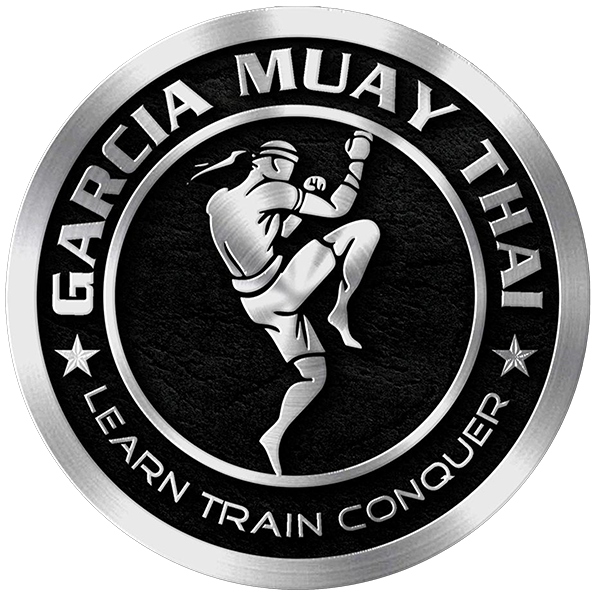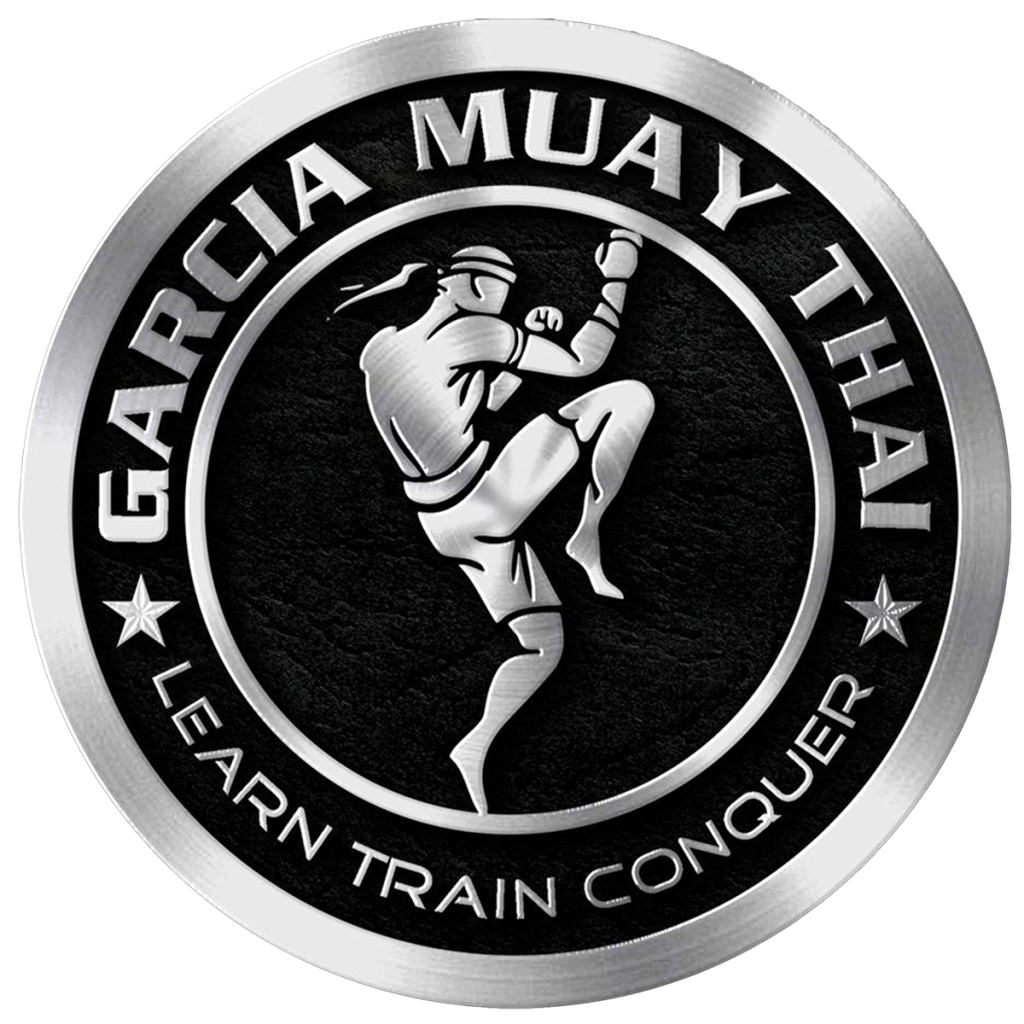 There’s a lot of misinformation about Muay Thai. I frequently get questions about whether Muay Thai is a religion or contains religious movements and ceremonies from people who are considering coming to Garcia Muay Thai and MMA Gym in Glen Cove, NY. The answer is simple, “NO.” While Muay Thai is steeped in culture and spirituality, which includes promoting respect for opponents and self, it’s not based on religion, but rather self-defense and using the parts of the body as weapons of war.
There’s a lot of misinformation about Muay Thai. I frequently get questions about whether Muay Thai is a religion or contains religious movements and ceremonies from people who are considering coming to Garcia Muay Thai and MMA Gym in Glen Cove, NY. The answer is simple, “NO.” While Muay Thai is steeped in culture and spirituality, which includes promoting respect for opponents and self, it’s not based on religion, but rather self-defense and using the parts of the body as weapons of war.
It was the survival of the fittest.
While ancient history records wars waged with swords, daggers, hammers, axe, mace and staff, the Tai —Siamese—tribes were fierce with good fighting skills as they migrated to Thailand. They used their bodies as weapons based on training in the military and that passed from father to son. It was an effective fighting style, with those surviving, teaching the others the movements that allowed that survival. Much like evolution of man, this fighting style evolved based on what worked in the battle field.
There are many cultural connections and spirituality in the sport, but not religion.
Since Thai was constantly under attack, learning these self-defense methods were part of the culture. It became mandatory that young men in the military trained in the art of Muay Thai, which allowed them to refine their skills even further. They used these techniques against the armies of the Cambodians, Burmese and others in the area. However, not all their time was spent in war and in times of peace, it became sport and fun in the villages. There were competitions and matches. In times of peace, older survivors of battles would teach the young men the art of Muay Thai and so it grew as a cultural even over 500 years, changing and building on skills with each decade.
The spirituality of Muay Thai is not the same as religion.
Yes, there are cultural significance to many parts of the sport. For instance, the mongkorn—headpiece, prajioud—armband—and shorts have a spiritual significance and in traditional matches, are blessed to give luck and protection. The Wai Kru, for instance, roughly translates to bow teacher. It’s showing respect to the trainer, rather than to an entity. The Ram means dance and Muay translates as boxing. The Wai Kru Ram Muay is not really a dance, but more of a warm-up, showing off the fighter’s style, while showing respect to not only coaches, but also opponents.
- Other traditions performed before a fight have a cultural basis that may have occurred for practical reasons. Kneeling down, bowing three times and grabbing dust off the steps and sprinkling it on the head may have been a sneaky way of assessing the texture of the ground, damp, hard, slipper, etc.
- Some traditions of Muay Thai include climbing over the ropes, rather than through them and walking counter-clockwise around the ring. Many of these traditions are similar to superstitions, like athletes wear the same socks all season after a big win.
- While Muay Thai isn’t a religion, it does teach respect for self and others. It also teaches self-discipline and goal setting. It helps people of all ages cope with the stresses of the world and remain composed.
- At Garcia Muay Thai and MMA Gym we focus on more than just traditional Muay Thai. We focus on MMA, self-defense and Muay Thai kickboxing to help you become your fittest.
For more information, contact us today at Garcia Muay Thai Gym


 YES! Contact me today to schedule a FREE no obligation consultation and trial workout.
YES! Contact me today to schedule a FREE no obligation consultation and trial workout.